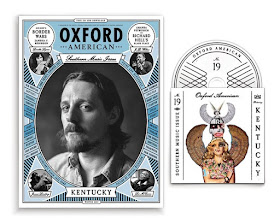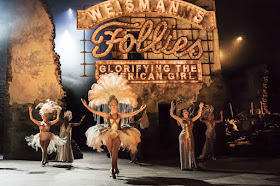 |
| Critics at Large Summer Meeting, August 4/17 (l.to r. Kevin Courrier, Danny McMurray, Steve Vineberg, Devin McKinney, Justin Cummings, Bob Douglas and Mark Clamen) |
Back in January 2010, David Churchill, Shlomo Schwartzberg and I came up with the idea of Critics At Large. We envisioned a daily online arts journal that would provide for us the freedom to write – a freedom we were beginning to lose working in magazines and newspapers. Growing rapidly tired of plying our trade in a field where desperate careerism was taking the place of collegiality and editors were beginning to reward expedience, we wanted to remain more true to the pleasures of critical writing. We also wanted to discover what kind of reader we could cultivate and who they might turn out to be. Over the last eight years, many things changed in both our writing and in our audience. For one thing, Critics At Large became less a haven for frustrated writers and more an accomodating home for a diverse and hopeful group who saw the magazine as a possibility. We began attracting a motley crew from various backgrounds who helped change Critics at Large for the better. A number of men and women, young and old, experienced and not, came to shape our identity rather than take on the one we already had. Along that path, we also attracted veteran arts critics who wanted to continue to address the work that inspired them, but we also drew inexperienced writers trying to find the true value of having a voice to speak with. When I read individual pieces each day, I marvel at the sheer range of material and the keen passion each writer brings to their subject. As for our readers, not only have they been rapidly growing, but the diversity of opinion in the magazine has helped us reach out to a much wider audience.What became most important for me, as one of its co-founders, was watching Critics At Large grow beyond my own expectations into a continually morphing organism that embraces the freedom our writers bring to it. For those who believe that arts criticism isn't about having the right opinion, but instead is a means by which the writer and reader mutually discover their own personal relationship to the arts, I think we are succeeding in getting there. As a way to celebrate that goal, and, I suppose, to amply demonstrate it, here is a look back at some of my own favourite pieces from 2017. They aren't presented in any order of preference. Rather than commenting on the writer and their work, I've selected specific quotes that I think best reflects their value to me as critics. As I continue on as editor, writer, and reader, I can truly say that I'm proud to call them colleagues.
Kevin Courrier
Editor-in-Chief
Critics At Large







































